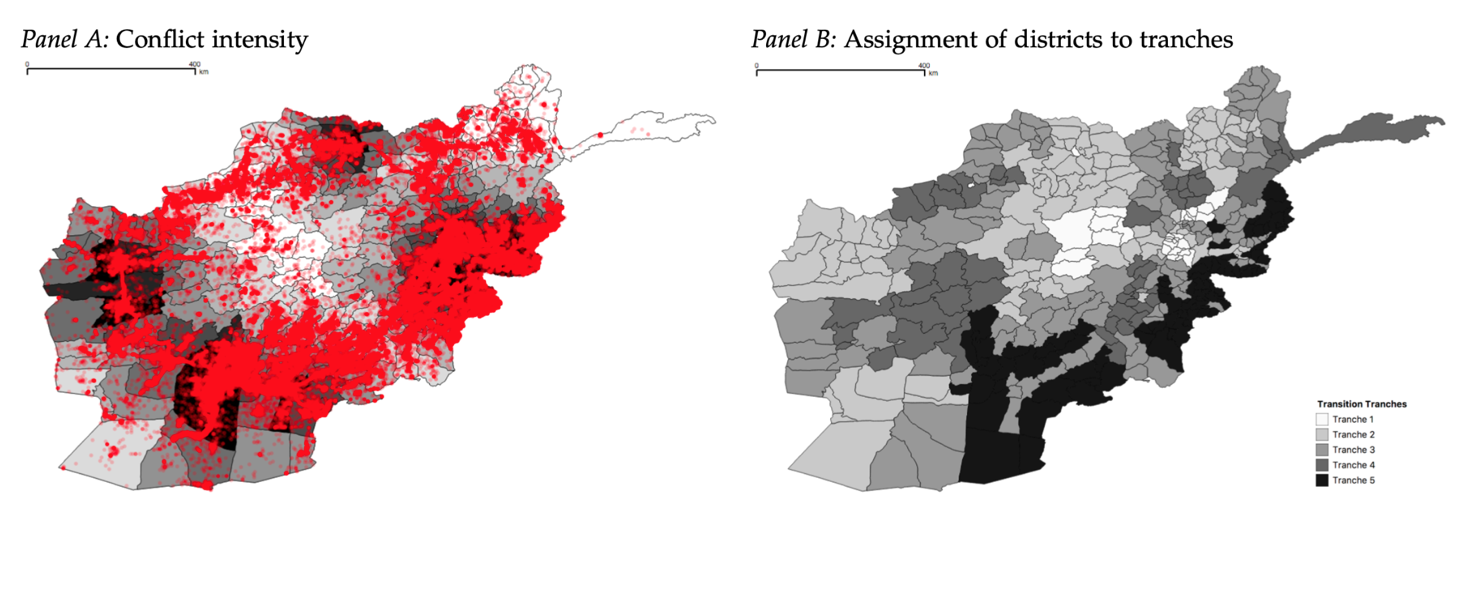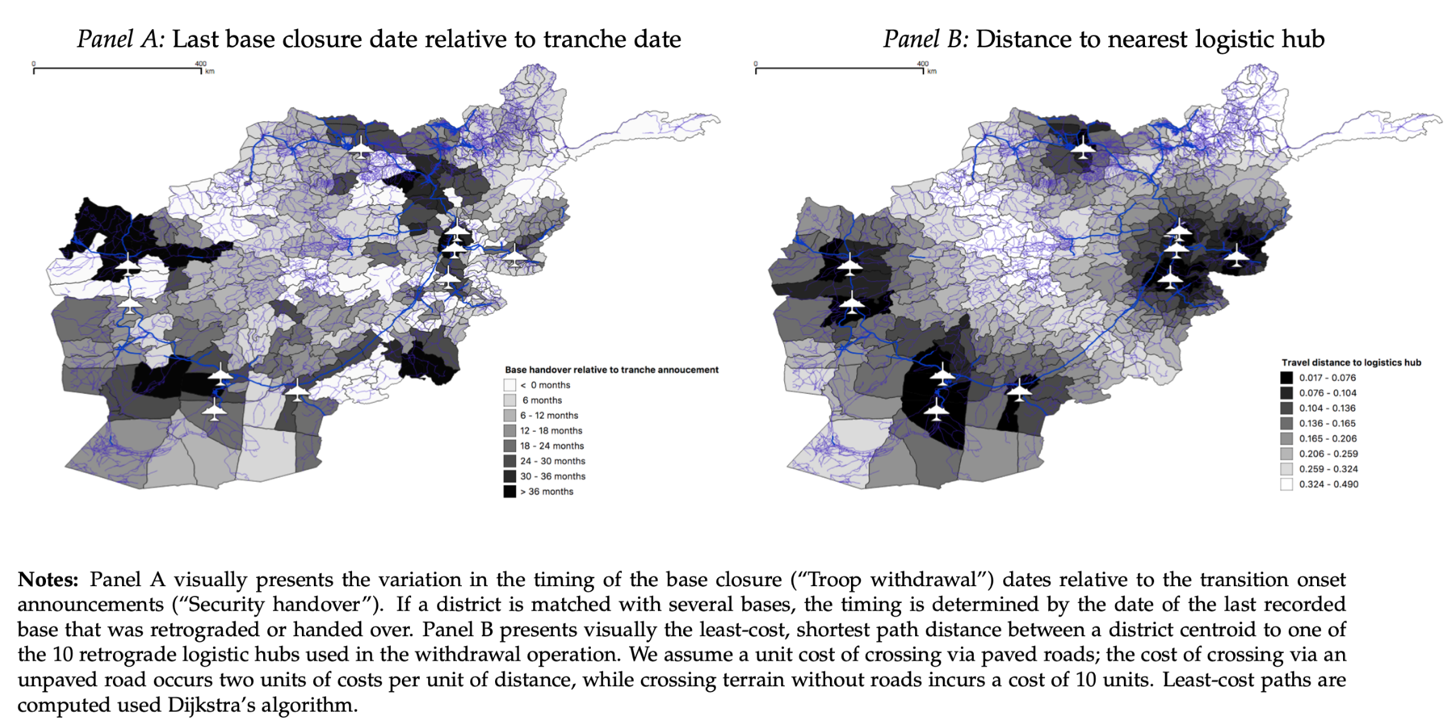The fall of Kabul on Sunday 15 August was the culmination of an unexpected offensive by the Taliban, in which they had seized most districts and all major cities — along with Afghanistan’s main border crossings. The rapid progression was in part due to coordinated peace agreements which were struck with local leaders, while Afghan troops exchanged U.S. vehicles and weapons for safe passage.
The swift collapse came as a shock to most observers. Just two days earlier, the Pentagon had claimed Kabul was “not right now in an imminent threat environment”. Two weeks earlier, the Pentagon’s assessment was that Kabul could fall within six months. When, just a month earlier, a journalist asked Joe Biden whether he saw any parallels with the end of the Vietnam war, his answer was: “None whatsoever. Zero.” The President added that the Taliban were not “remotely comparable in terms of capability” to the North Vietnamese Army.
It seems that even the grimmest predictions got the real balance of power between the Taliban and the Afghan government wrong. What explains the systematic underestimation of the Taliban’s capabilities? Our research on NATO’s withdrawal from combat operations in Afghanistan suggests the Taliban have been strategic in their use of violence, using restraint to influence military assessments of their capabilities in order to encourage more rapid withdrawals. The recent events in Afghanistan offer a replay of this strategy, at an even bigger scale and to dramatic effect.
Here’s how we did our research
In a recent article, we study the large-scale security transition from international troops to local government forces in Afghanistan, between 2011 and 2014. This transition consisted of two distinct phases. The first phase of withdrawal included transferring military authority to local forces. The second phase involved the physical departure of international troops, as the number of foreign forces decreased from 140,000 to 12,000, along with the closure, retrograde, or transfer of nearly 800 military bases.
Our study used exceptionally granular geo-tagged and time-stamped data on different types of insurgent and security operations — we used data collected since the start of NATO activity in Afghanistan in 2001. This data is otherwise known as SIGACTS and has been used widely to study combat operations in Afghanistan and Iraq. We combined the data with survey records of 370,000 civilians gathered between 2008 and 2016 (called ANQAR), which detail perceptions of security transitions, perceptions of territorial control, and the extent of local security provision. Our article provides further details on the methodology we used.
In our analysis, we estimate the impact of each phase of the transition on measures of conflict intensity. First, we identify the impact of the transfer of control from foreign troops (ISAF) to Afghan forces (ANSF). As the transition process was completed in five tranches, we are able to exploit the temporal variation generated by the transition process. Panel A of Figure 1 shows the territorial distribution of conflict intensity and Panel B shows the assignment of Afghan districts to one of the five transition tranches.

Figure 1 Distribution of Conflict Intensity and Assignment of Districts to Different Tranches of the Security Transfer to the Afghan National Security Forces
Comparing districts in which the security transition has been implemented to other districts, before and after the transition, we find that the security transition was associated with both decreases in actual violence outcomes and increases in perception of security as reported by the SIGACTS and ANQAR survey data respectively. Figure 2 depicts the drop in various violence outcomes once security responsibility had been formally handed over to ANSF.

Figure 2: Event Studies around the Security Transfer to Afghan National Security Forces (SIGACTS)
Next, we turn to gauge the effect of physical withdrawal of NATO troops on the security levels. The closure of bases was more haphazard, and also less well documented. To study this second phase, we leveraged a simple but important fact about the timing of physical exit: the geographic location of bases — their distance to military air hubs used to transport supplies out of Afghanistan — partially determined when bases were shut down. We use these logistical constraints to estimate the causal impact of the physical withdrawal of troops. Panel A of Figure 3 demonstrates the variation of timing of the base closure dates relative to the transition onset announcements. Panel B of Figure 3 shows the least-cost, shortest distance from a district centroid to the nearest logistic hub mapping well into the timing of base closure. We find that the physical withdrawal and base closure is associated with a drastic worsening of the conflict situation with both violence and security perceptions worsening drastically. We also confirm that our results are not driven by displacement effects between districts.

Figure 3 Timing of Base Closure Relative to District Tranche Announcement and Travel Distance to Nearest Retrograde Logistic Hub
What explains the initial drop in violence in the first phase of the transition, and its subsequent rise in the second phase? We do not find evidence suggesting that the withdrawal announcement weakened the ability of the Taliban to mobilize; similarly, we do not find evidence suggesting that the ANSF ability improves with the handover. Rather, we argue that the mechanism that could account for our findings is a strategic decision by the Taliban to scale back violence during the transition period. Local security transfers created an “overwatch” period, in which the relative capacity of the Taliban and the ANSF was signaled to ISAF forces. As such, the Taliban had an incentive to understate its capacity in a manner that was both difficult to detect, and that confirmed NATO forces’ biases (i.e., that Afghan security forces were ably trained and capable of delivering security on their own). In our article, we formalize this logic in a simple game in which violence serves as a signal about the relative capacities of the Taliban and the ANSF.
The Taliban’s strategy during the 2011-2014 transition facilitated the withdrawal, by giving a false impression of the capabilities of local actors to take on the security challenges of fighting alone. The Afghanistan Papers, released by the Washington Post in 2019, give us an opportunity to explore these decisions through internal assessments. SIGAR, reflecting on these exit interviews, came to the conclusion that various military benchmarks had failed to correctly measure the capabilities of local Afghan forces, masking their fundamental weaknesses. In the end, these forces were “ill-prepared to deal with deteriorating security after the drawdown of U.S. combat forces.”
Of course, a wide range of factors contributed to the implosion of the Afghan government in recent days. But, our research brings to light two elements that are crucial. First of all, our study underlines that the Taliban’s surge to power started in 2014. Following the withdrawal of NATO troops from (most) combat operations, the Taliban stepped up its offensive and gained effective control over large swathes of rural Afghanistan. This is the context in which President Trump negotiated the definitive US exit from Afghanistan – an agreement that President Biden followed when he committed to withdrawing all troops by August 31, 2021. Constructing historical counterfactuals comes with obvious caveats, but it is possible that a correct assessment of the Taliban’s capacity during the 2011-2014 transition could have informed a different withdrawal strategy and could have thwarted the rise of the Taliban we have seen since 2014.
The second reason why our research is relevant is that the Taliban’s strategic restraint strategy was not new. Military planners and policymakers should have learned from the first transition not to underestimate the Taliban. In 2011-2014, the Taliban stepped up its offensive in rural areas only after major bases were closed. The same happened in the last few weeks. The movement’s swift conquest of provincial capitals and border crossings followed the hand-over of the largest base and logistical hub of the US mission, Bagram airport, on July 2, 2021. At that point, the US had effectively deconstructed its military capabilities in the country. The Taliban could then start an offensive that would quickly reveal its full military and political strength, leading to the fall of Kabul.








